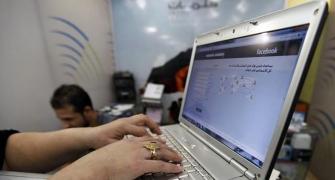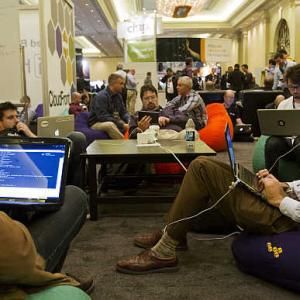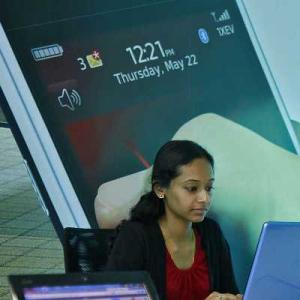After initial success, data use is stagnating and getting consumers to spend additional money for high-speed internet is proving to be difficult for telcos.

The country's telecom industry is split right down the middle as far as mobile broadband technologies in India are concerned.
The split is between the 'haves' and the 'have-nots'.
Given that only two players, Reliance Jio and Bharti Airtel, have pan-India spectrum to offer next generation mobile broadband, it's divided the industry on the opportunity cost of 4G as a technology.
Those who have the spectrum and capability to invest in the new technology are going after it, while the followers remain cautious about the shift as they believe there is enough juice left in 3G (third generation) as a technology.
The industry may be divided over the choice of technology but that data is the future is a given.
Over the past two years, data revenues have grown 120 per cent, while voice demand has stagnated. Bharti Airtel, Idea Cellular and Reliance Communications have seen data growth outpace voice revenue growth consistently over the last two years.
The moot question: Is India ready for 4G yet?
Considering that some operators like Vodafone in cities like Mumbai are delivering speeds of 8 MBPS (download) and 4 MBPS (for upload) on 3G, is there a strong enough case for users to migrate to 4G?
Given that speeds of 1.5 MBPS, which is considered very good for videos too, can be achieved on 3G, why should a consumer migrate?
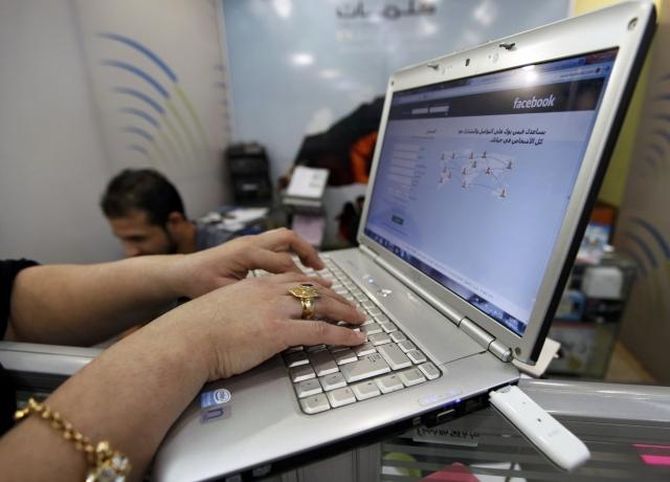
This is a challenge that even the biggest investors in 4G are grappling with, as data penetration is stagnating at 25 per cent levels.
After the initial 100 million subscribers, consumers are not jumping on to the broadband bandwagon.
Himanshu Kapania Himanshu Kapania, managing director of Idea Cellular, for instance, believes that in a country where consumers are price sensitive, affordability matters far more than speed.
Consumers don't give a damn about technologies. "For running a video you need speeds of 256 to 512 KBPS. It is a battle of capacities than technologies. If you buy a 4G phone for Rs 4,000 and want speeds of 20 MBPS, you will realise that your phone is incapable of delivering these speeds," says he.
"It (4G) is all a marketing gimmick and has nothing to do with consumer experience. The difference arises when you are on a large screen. We are struggling to get consumers to spend an incremental Rs 150 for 750 MB of data."
Clearly, for Idea getting its consumers to spend additional monies on data is a challenge as the top end of the market and data sharks make up a small share of users.
No wonder that Vodafone India Managing Director & CEO Sunil Sood skirts the question by saying: "4G is a bigger number than 3G."
Vodafone was moving cautiously on 4G till last year, but is now in the game with aggressive rollouts and content play, which is similar to market leader Bharti Airtel and yet-to-launch Reliance Jio.

Different needs
Presumably, Kapania's barb is aimed at Bharti Airtel's high-decibel 4G campaign of two girls racing their phones on a terrace in sleepy Lucknow.
So is 4G all a gimmick or is it smart thinking by the largest operator in the country? For Bharti Airtel, it is about building a warchest of capacity before demand explodes.
Clearly, each operator in India had to evaluate the opportunity cost of 4G and place its bets.
Players whose survival was not at stake had the luxury of expanding their spectrum assets and investing in new technologies ahead of time, like Bharti Airtel did to flank its customer base ahead of Reliance Jio's entry with 4G.
Others like Vodafone had to renew their operations in key markets by applying for spectrum as a "new player".
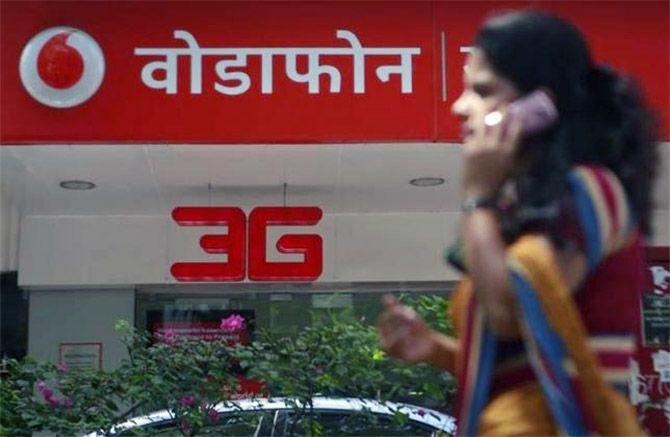
And with spectrum prices going through the roof in its existing operational circles, Vodafone did not have the luxury of harbouring pan-India 4G ambitions over the past two years, which have seen the two biggest spectrum auctions.
Currently, Vodafone has spectrum to offer 4G in eight circles, but it intends to launch in nine circles.
At the same time, Vodafone has spectrum to offer 3G in 15 circles. Idea has spectrum to offer 3G in 13 circles and 4G in 10 circles.
Bharti Airtel, however, has spectrum to offer 3G in 21 circles and 4G in 22 circles. Clearly, Airtel has chosen to set the pace of the industry.
And the reason it has decided to invest in 4G is not just to take on Reliance Jio but also to decongest its networks.
Explains Bharti Airtel CEO (India and South Asia) Gopal Vittal: "As a technology, 4G is more efficient. It pumps out more data throughput from the same spectrum and, therefore, the cost of production per megabyte is substantially lower. So you get faster speeds at lower costs. If you see our network, 45 per cent of the traffic is video. For video streaming, speed of even 1.5 MBPS on a small screen delivers great quality. But when you look at downloading movies and emails, speeds matter. So the issue is not 3G or 4G. It is the quality of experience for the specific use case."
So the way to play the game is to create capacity and the right experience for certain use cases, even as 3G is far from disappearing.
"Maybe we invested in 4G a year ahead of time. If we had the luxury of waiting, we would have waited another year. It was a deliberate choice. We wanted to create capacity and own 4G as a space. This has worked for us," says Vittal.
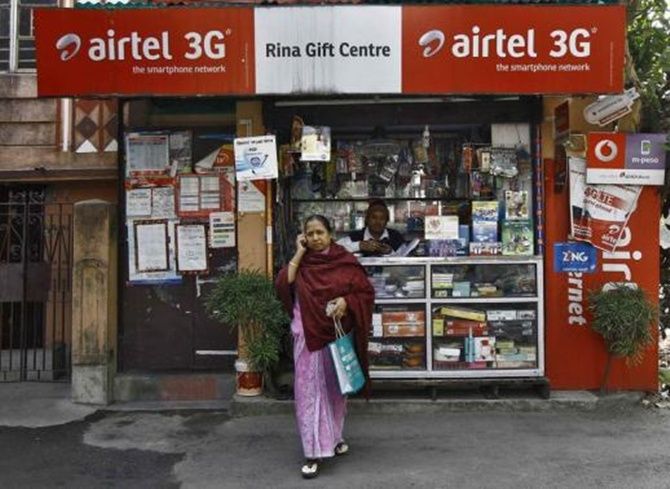
Losing steam
Despite the initial traction, data penetration of most telecom operators is stagnating.
For Bharti Airtel, it is stuck at 23 per cent (which means 23 per cent of its subscribers are using 1 MB of data on the network), while for Vodafone and Idea, it is 30 per cent.
So not only will operators need to spend on building enough capacity on their networks to carry higher volumes of data but will also have to create enough compelling use-cases which will drive consumers to access more data.
"While coverage is improving and devices are being upgraded, the adoption of broadband is slower," says Kapania. "There has been a colossal supply of wireless broadband services but consumer demand has not moved at the pace supply has moved," he says.
Vittal agrees. He says the company will need to work with device and application companies to improve data adoption.
Going forward, meeting different consumer needs will be as important as expanding coverage (geographical footprint) and capacity (ability to deliver data volumes).
Aircel, for instance, is focusing on 3G as it does not have 4G spectrum.
Rather than chasing the data sharks, Aircel is going deep into the hinterland to bring first time-users on the internet. Explains Sunil Kuttam, head (data & devices), Aircel: "We cater to a wide range of customers - some are first time data users, while others are using data every day and others are consuming data in bulk. We still feel there is a huge latent demand for 3G and 2G and the immediate focus is to ensure a great data experience for our base and new subscribers."
Clearly, the data war is nowhere near concluding. This is perhaps the best time to be a data consumer.


